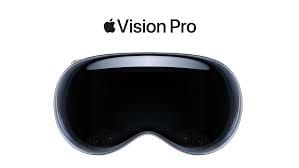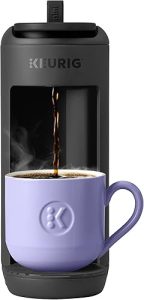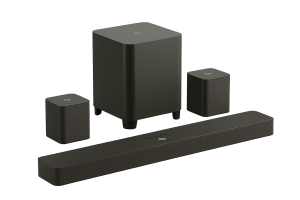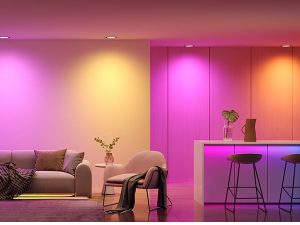VR headsets are one of the most loved 3d devices among young adults. It stands for virtual reality. It consists of headbands, users have worn on their heads like Goggles. It contains a high-resolution 3d effect with powerful sound. It will give you the feeling that you see these visuals in your real life, which is why it is called virtual reality.
Can we also place our smartphones in front of the VR headsets?
Some users find it expensive, so their question is whether we can use our smartphones with it. The answer is yes, you have to buy VR goggles and VR gear to connect the smartphones, and this will not cost you much as a VR headset and will keep you in your budget.

1. Meta Quest 3
The Quest 3, Meta’s most recent VR headset, far outperforms our prior favorite, the now-defunct Quest 2. First of all, everything looks and feels better because of its speedier processor and higher-resolution display. More importantly, it features color pass-through cameras that let you use your environment to work and play in high-quality augmented reality. The Quest 3 costs $499.99, which is $200 more than the Quest 2, but it has hardware that is more advanced than the now-discontinued $999.99 Quest Pro. The Meta Quest 3 is now our Editors’ Choice winner for VR headsets thanks to those improvements.
Design
The Quest 3 weighs 18.2 ounces, which is a little more than the Quest 2 (17.7 ounces), but it is notably lighter. The headset is only 2.2 inches deep from the front to the top of the face mask padding (reduced from 2.6 inches), excluding the headband. The white-gray chassis’s more rounded sides give the impression that it is even smaller than the Quest 2’s flat walls. It feels and looks a lot more compact and sleek.
Four cameras are arranged in two vertical stacks on the curved face of the Quest 3, with an infrared emitter in between. The main functions of the two cameras are spatial tracking, identifying the limits of your play area, and searching your surroundings for augmented reality material. You can see your surroundings in color thanks to the other two RGB pass-through cameras. At the bottom of the headset are two more spatial tracking cameras.
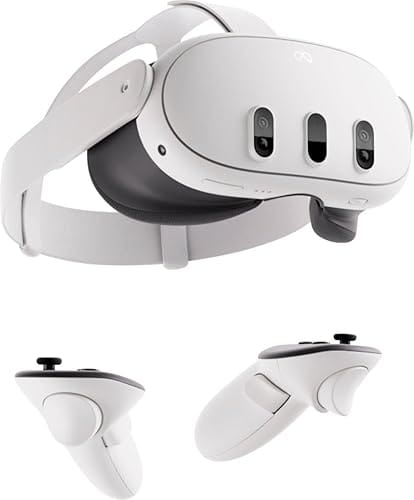
2. Apple Vision Pro
For half of my twenty years as a technology writer, I have been hearing rumors that Apple is going to release a virtual reality headset (VR), yet even I was taken aback when the company revealed the Vision Pro. It is the company’s first and most ambitious attempt to enter the head-mounted display market. It is essentially a VR and augmented reality (AR) device, despite Apple’s efforts to market it as a “spatial computer” and refrain from calling it a “reality” headgear. Additionally, it is the most sophisticated gadget in either category to ever be released.
The Vision Pro, which starts at $3,499, is significantly more expensive than the Meta Quest Pro, which is its closest rival and costs $1,499.99. The greatest camera and sensor technologies, the clearest head-mounted display available, and computing power comparable to that of a MacBook Air or iPad Pro are all included for the price. Additionally, it provides the best control mechanism I’ve ever used with AR or VR, utilizing hand and eye tracking to create a seamless, user-friendly interface without the need for physical controllers.
I’m impressed by the Vision Pro, which is more well-made, more reliable, and more adaptable than I could have imagined from Apple’s debut in this market. However, some design flaws and restrictions on software availability make it less than ideal. But its pricing is more eye-catching than any of those problems. Even though the Vision Pro is groundbreaking, only the most devoted and wealthy early adopters will truly consider purchasing it due to its exorbitant cost.
Design
The Vision Pro has the distinct appearance and feel of an Apple product. It almost looks like a huge, curved Apple Watch with its aluminum casing, glossy black full-face glass front, and Digital Crown. Because of its metal-and-glass construction, the visor itself feels incredibly sturdy and has a high-end look that headsets from Valve, PlayStation, and Meta don’t have.
The Vision Pro is also front-heavy due to its design. It weighs significantly less than the Quest Pro (25.5 ounces) but more than the Quest 3 (18.2 ounces), weighing about 22 ounces, depending on the headband arrangement. Although its weight wouldn’t be an issue if it were evenly distributed, it lacks rigid support like the PS VR2 or Quest Pro, as well as a vertical strap that runs from the visor to the back of the head like the Quest 3.
